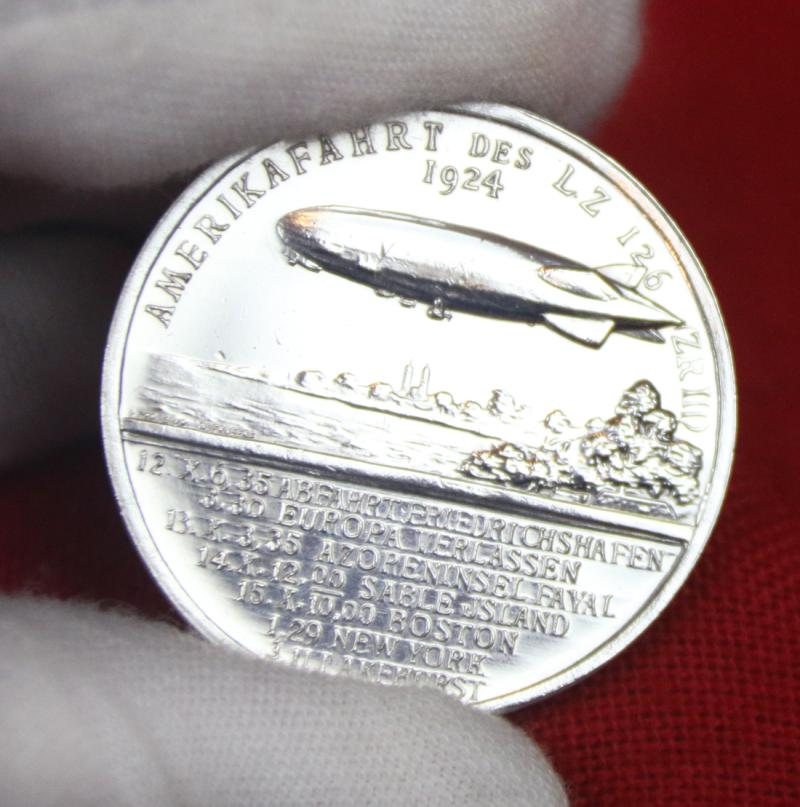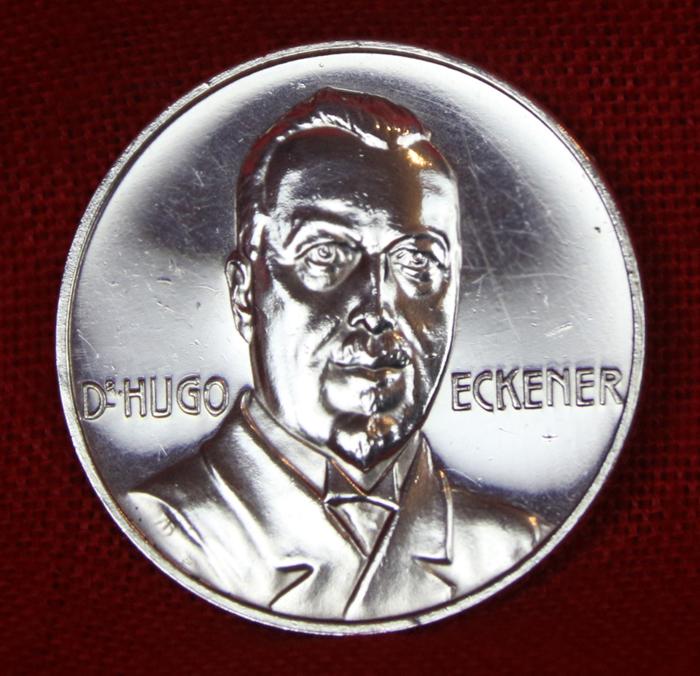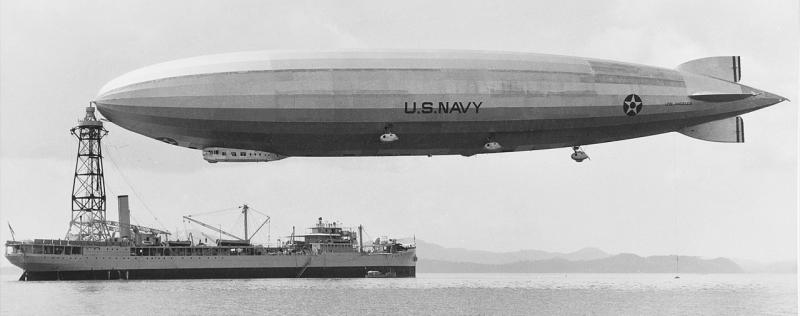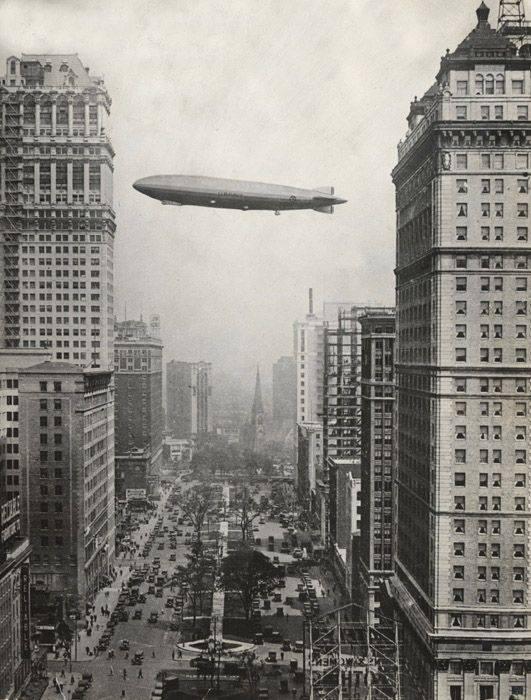1924 LZ126 Zeppelin Medal . The Flight Of The LZ 126 (ZRIII) To America (USS Los Angeles, USN) Record 81 Hours Medal 1924. Dr. Hugo Eckener, High Grade Silver
1924 LZ126 Zeppelin Medal, stunningly bright condition.
By Lauer of Nuremberg. A silver coin/medallion issued to commemorate the arrival in the USA of Zeppelin LZ-126 from the manufacturer in Friedrichshafen, Germany. It was built in 1924 with the original designation LZ-126 and given over to the US as part of war reparations. There she was commissioned into the US Navy and redesignated ZR-III (USS Los Angeles). The Zeppelin remained in service until 1932 and was finally dismantled in her hangar in 1939, having been the longest serving rigid airship ever operated by the USN.
Made in .990 grade silver, 33mm in diameter with a portrait of Dr. Hugo Eckener on one side and Zeppelin in flight over land and sea. Inscribed with caption "Amerikafahrt Des LZ126 / ZRIII 1924" and with flight details from Friedrichshafen to Lakehurst. Dr. Eckener was manager of the Luftschiffbau Zeppelin during the inter-war years, and was commander of the famous Graf Zeppelin for the majority of its record-setting flights, including the first airship flight around the world, making him the most successful airship commander in history.
The airship's hull had 24-sided transverse ring frames for most of its length, changing to an octagonal section at the tail surfaces, and the hull had an internal keel which provided an internal walkway and also contained the accommodation for the crew when off duty. For most of the ship's length the main frames were 32 ft 10 in (10 m) apart, with two secondary frames in each bay. Following the precedent set by LZ 120 Bodensee, crew and passenger accommodation was in a compartment near the front of the airship that was integrated into the hull structure. Each of the five Maybach VL I V12 engines occupied a separate engine car, arranged as four wing cars with the fifth aft on the centerline of the ship. All drove two-bladed pusher propellers and were capable of running in reverse. Auxiliary power was provided by wind-driven dynamos.
Medallion is engraved '990' silver content to rim. Very nice condition.
Code: 23601
325.00 GBP




